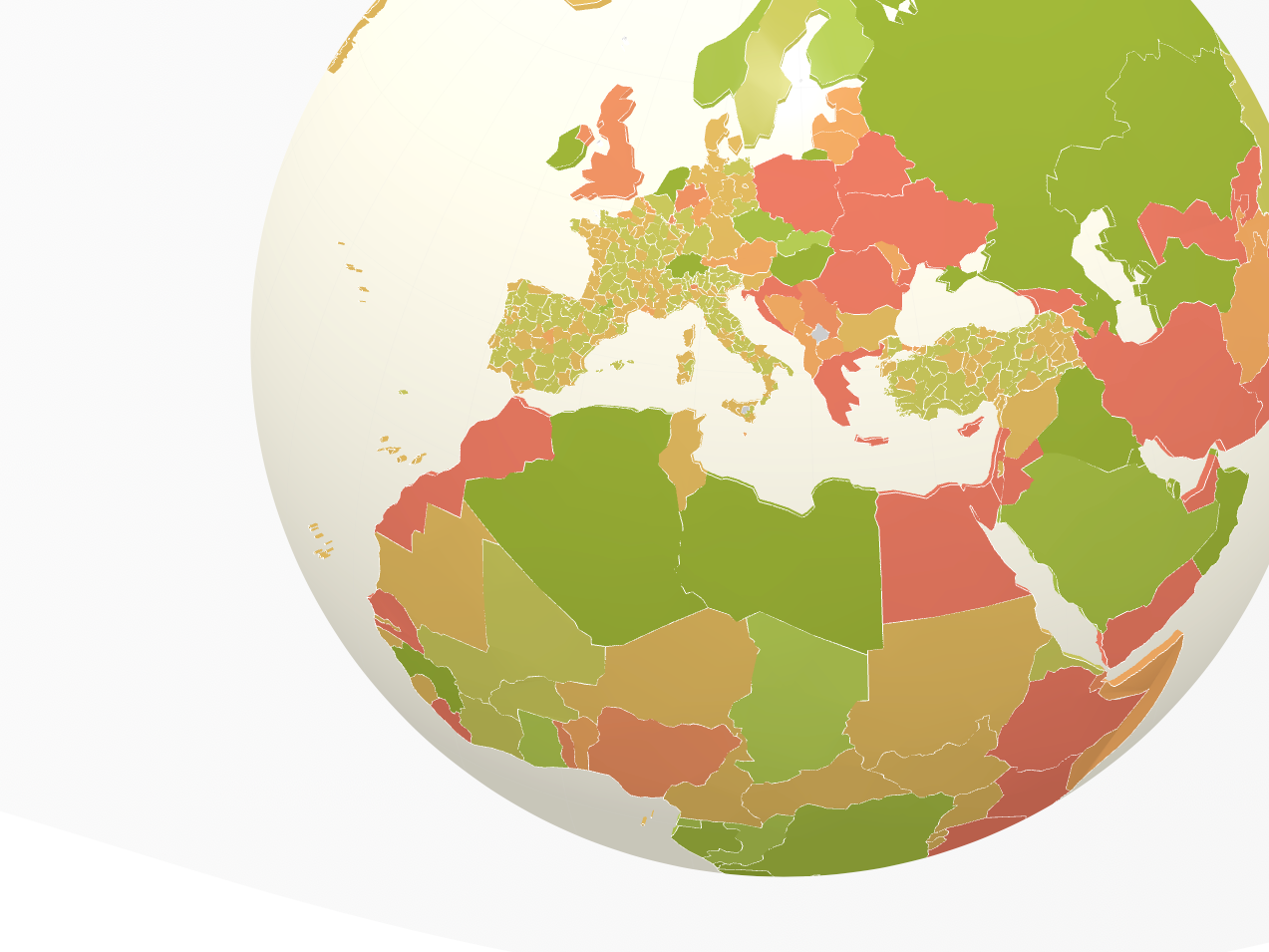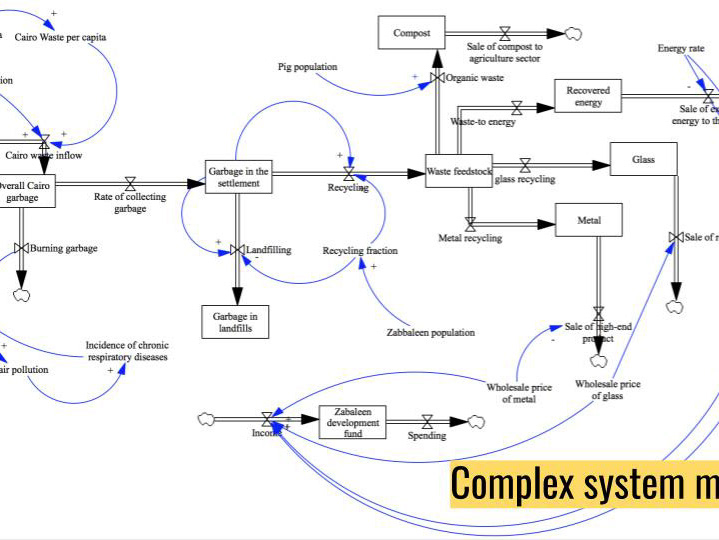Role: Product Manager, Product Designer
Data Explorer: Interact with Data Cubes
Overview
The Data Explorer is an advanced interface designed to interact with data cubes, enabling users to create dynamic APIs and custom queries that connect seamlessly with client-specific needs. This tool was initially developed for Datawheel engineers to create dynamic APIs through an interface, the UX was particularly tough for non technical users that could benefit from such a tool to create custom queries and visualizations. Today, this product serves as a backbone for data analysis and visualization across multiple platforms, including Data Saudi and the OEC.
My Role and Responsibilities:
Product Management
Stakeholder Alignment: Harmonized the visions of stakeholders (clients, prospects, engineers, decision makers), ensuring the product balanced technical feasibility with user requirements.
Specification Development: Authored comprehensive product specifications, detailing feature journeys, functional and non-functional requirements, blockers, and acceptance criteria into features spec sheets to align between the different stakeholders.
Client Adaptability: Managed the deployment of the product in diverse environments, tailoring its capabilities to meet distinct client demands.
Integration Oversight: Collaborated with backend engineers to integrate new technologies, such as LogicLayer and front-end calculations, ensuring robust performance.
Interface Optimization: Directed iterative improvements to workflows and the user interface, enhancing usability and efficiency.
Product Design
Abstract thinking: The conceptualisation of . We ended up designing a column based interaction, to fit conventional use
Customisation: The challenge was to adapt a tool that can be deployed in different environment for different uses.
Bespoke CMS: Low code Automated Reporting
Overview
Bespoke CMS is an internal content management system designed to generate automated reports by connecting to APIs developed in the Data Explorer. With the APIs, we crate variables that we lay out in a dynamic template, which will generate multiple automated reports. This dynamic tool empowers users to create advanced visualizations and interact with data in real time.
My Role and Responsibilities
Product Design
Low-Code: Addressed the challenge of creating a low-code platform that balanced scalability and customization to increase adoption among users.
Simplifying Complexity: The product's technology is rather complex and used internally by engineers. The challenge was to make it accessible by introducing semantics, block views to visualise connections between generators and blocks, tabs, and metadata navigation.
User Experience: Prioritized intuitive design to cater to a range of users, from data analysts to content writers.
Market Research
Conducted extensive research to explore opportunities for transitioning the product into a B2C market, identifying key features and differentiators.
User Research
Interviews and Testing: Engaged directly with users, including data analysts and content writers, to refine features and validate design decisions.
Feedback Loops: Incorporated user feedback into iterative design and development cycles to ensure the product met real-world needs.
Conclusion
At Datawheel, I leveraged my skills as a Product Manager and Design Strategist to improve the technical workflow that is the heart of Datawheel's technology, allowing users to interact with and visualize data effectively. By combining strategic vision, conceptual thinking, user-centric design, and technical research, I delivered solutions that not only met immediate needs but also provided scalable frameworks for future growth.





